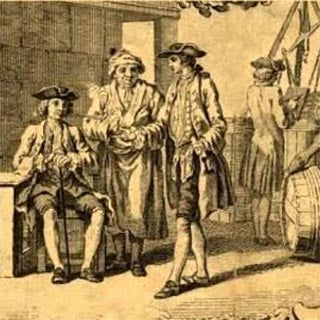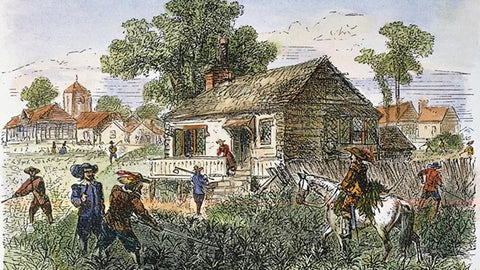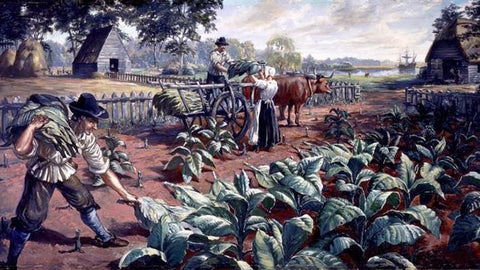
First Attempts to Grow Tobacco in Europe
Share
The first attempts to grow tobacco in 16th century Europe were not very successful. European growers initially had difficulty cultivating tobacco because they did not understand the plant's growing requirements.
Tobacco is a tropical plant that requires warm temperatures, plenty of sunshine, and well-drained soil to thrive. In addition, it is susceptible to a range of diseases and pests that can damage the crop.

Despite these challenges, European growers persevered and eventually learned how to successfully cultivate tobacco. The first successful European tobacco crops were grown in Spain and Portugal, which had colonies in the New World where tobacco was grown.
By the early 17th century, tobacco had become an important commodity in Europe, and it was grown in many parts of the continent, including France, England, and the Netherlands. However, the quality of European-grown tobacco was often inferior to tobacco grown in the New World, and it was not until the 18th century that European growers were able to consistently produce high-quality tobacco.

One factor that contributed to the success of European tobacco production was the introduction of new varieties of tobacco from the New World. These varieties were often more disease-resistant and better adapted to European growing conditions than the original varieties that were brought over by the Spanish and Portuguese. In addition, improvements in agricultural technology and techniques, such as the use of fertilizers and crop rotation, also helped to increase tobacco yields and improve the quality of the crop.
